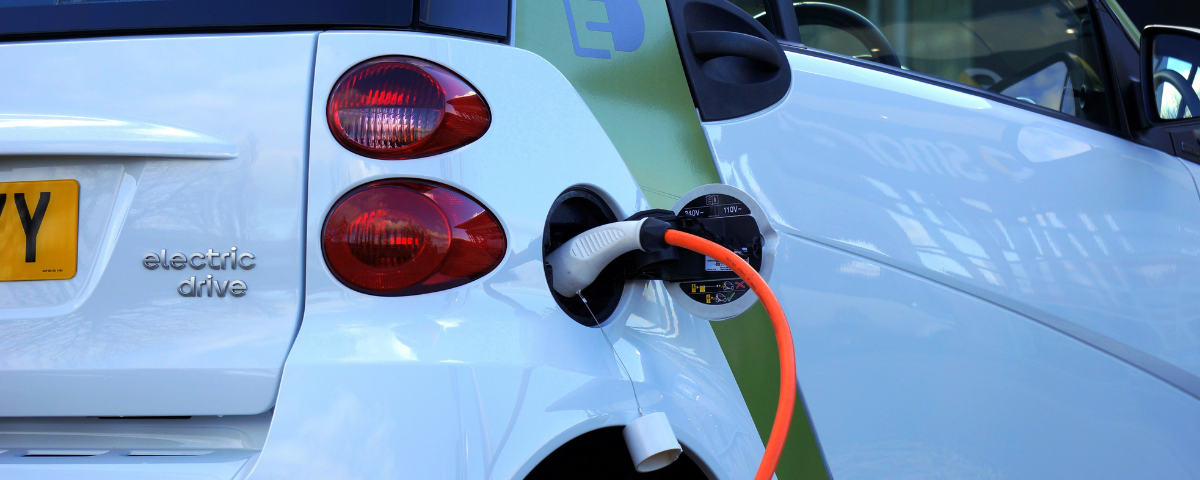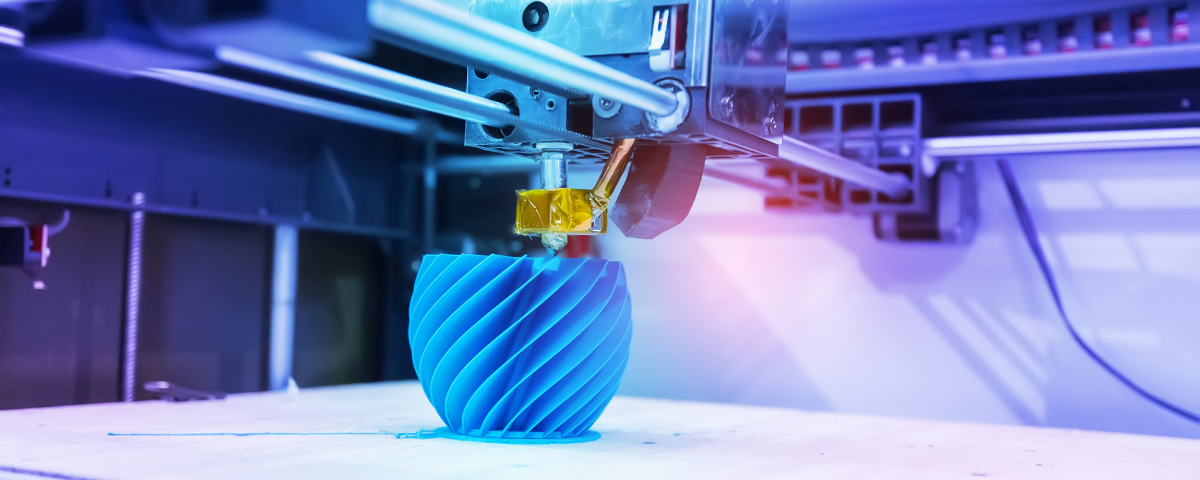Why Electric Vehicles Are Becoming Big
Cars have changed a lot over the years. No longer are they solely used for getting you from A to B, but now, many people have created businesses that involve cars and trucks. The driver who delivered your eagerly anticipated parcel last week belongs to a fleet of other drivers who all have the responsibility of picking your parcel up from the warehouse and delivering it right to your door. In order to make sure that they do that safely, these companies may implement ELD Compliance solutions, from somewhere like Lytx (https://www.lytx.com/en-us/fleet-management/dot-compliance/eld) to ensure that they can monitor the actions of their drivers when they are on the road.
Because of the ever-growing trends in the automotive industry, this will help to ensure their success. But the trends don’t stop there. Have you noticed that, in recent years, the electric vehicle has become a more realistic option too? It has a number of advantages and disadvantages. Let’s see how and why the possibility of electric vehicles is rising.
Where Did The Popularity of Electric Vehicles Start?
Electric vehicles have been around for decades, but it wasn’t until the advent of the Tesla Model S that they became serious contenders for the top spot in the automotive fuel economy arena. Tesla’s Model S has been nicknamed the “Ludicrous Speed Car.” (You know, the one that will go from 0 to 60 in 2.9 seconds.) Since its introduction in 2012, the Tesla Model S has proven to be a leader in electric vehicle technology and has set trends and benchmarks for the industry at large.
Electric vehicle sales are surging, and not just because of the Tesla Model 3. Volkswagen’s Audi e-Tron SUV, the Mercedes-Benz EQC, and the Jaguar I-Pace also debuted in 2018, all of which will help expand the electric car market. That’s not to mention the Volkswagen ID4 e-Transporter, the Renault Kangoo ZE, and the BYD Qin EV Plus, which all debuted in 2018 as well.
Why Are Electric Vehicles Becoming Big?
One of the biggest reasons electric vehicles are becoming such a big deal is the dependence on oil. The world needs to find a way to stop using fossil fuels, and electric vehicles (EVs) are one of the best ways to do so. They create no pollution, help reduce greenhouse gas emissions, cost less to operate, and are more convenient than diesel and gasoline-powered cars.
Electric cars are on the rise, and this is partly due to the rising popularity of electric-powered vehicles. While some would argue that electric cars are not as environmentally friendly as their gas-powered counterparts, the truth is that electric vehicles are much more efficient, with emissions well below the strict standards set by governmental agencies.
More Comfortable on The Road
Electric vehicles or EVs are becoming popular not only for their environmental credentials but also because they are more comfortable on the road. Petrol and diesel cars are known for being noisy and polluting the environment, yet they are the basic choice for car owners. Electric cars, on the other hand, can be quiet and safe to drive. And they are more affordable than petrol or diesel cars.
Many Americans are still skeptical of electric vehicles (EVs), but that’s changing. In fact, consumers can be seen adopting EVs in increasing numbers: there are now more than 4,000 Nissan LEAFs on the road, for one. And those cars are finding their way into the hands of a growing number of drivers who want to go green. Additionally, these vehicles can be used for business purposes as well. For services like courier or delivery, ev consultants can be contacted, who can provide valuable knowledge about how to increase the work efficiency by deploying such vehicles.
Economic And Political Influence
While the car industry undergoes massive changes, there is one thing that remains constant in the industry, and that is the price of electric vehicles. However, with the drop in the price of battery technology and the increase in the cost of fossil fuel, electric vehicles are slowly but surely starting to be seen as a viable and low cost alternative to the traditional fossil-powered vehicle.
As the price of oil continues to rise, oil-rich nations such as Iran are investing in electric vehicle (EV) technology in an effort to reduce their reliance on the West. To date, the Iranian oil ministry has ordered 300 converted buses, but that is just the beginning. The government is now in talks with Bombardier to order 600 more buses, which would make Iran the first country to see the arrival of a true mass-produced electric vehicle fleet. They may need to onboard a robust fleet management software specifically designed to support electric fleets to manage all the vehicles and ensure their smooth functioning.
As electric vehicles have become more popular, several things have occurred: the cost of batteries has fallen, charging stations have proliferated, and more models have become available. In addition, the American government has extended the tax credits for buyers of electric vehicles, and Tesla has also received a $7,500 U.S. federal tax credit for its vehicles. In other words, the economic and political influence of EV technology is now greater than ever.
Conclusion
Electric vehicles are becoming popular for several reasons. The obvious one is that they are more environmentally friendly and that there is an economic benefit for the automakers and the people who drive them. But there are more advantages. One is that they are more convenient. Electric cars are cheaper to buy than their gas alternatives. They are also easier to maintain and fill up for. This makes an electric car more desirable than its gasoline-equivalent.


